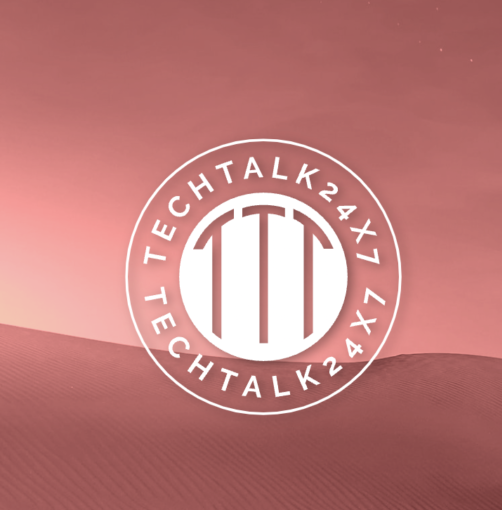Strategic Kubernetes Management
# Kubernetes Networking: Comparing Cilium (Kida) and HPA
In the world of Kubernetes, networking and scalability are two crucial components that ensure applications run smoothly and efficiently across clusters. Kubernetes provides a variety of options for managing network policies, ingress routing, service discovery, and load balancing, among other features. When it comes to enhancing these functionalities, two notable projects come into play: Cilium (recently rebranded as Kida) and the Horizontal Pod Autoscaler (HPA). Each serves distinct yet essential roles in a Kubernetes ecosystem.
## Understanding Cilium (Kida) and Its Capabilities
Cilium, recently rebranded as Kida, is a networking and security project that primarily focuses on implementing network policies using eBPF technology. eBPF (extended Berkeley Packet Filter) is a revolutionary technology that allows the dynamic insertion of powerful security, networking, and monitoring features into Linux systems without changing the kernel code.
### Key Features of Cilium (Kida):
– **Network Security:** Cilium provides strong security features that enforce both Kubernetes network policies and extended network policies to manage and isolate network communication.
– **Load Balancing:** It replaces kube-proxy with a more modern, efficient approach using eBPF to manage North-South and East-West traffic.
– **Observability and Monitoring:** Cilium leverages eBPF to provide detailed visibility and monitoring capabilities that go beyond traditional monitoring tools, offering insights into application-level communication and performance.
– **Scalability:** By using eBPF, Cilium minimizes the overhead on the cluster, allowing it to scale efficiently with less performance degradation compared to traditional networking solutions.
## Horizontal Pod Autoscaler (HPA) and Scaling in Kubernetes
On the other hand, the Horizontal Pod Autoscaler (HPA) is an automatic scaler for workloads in Kubernetes. It adjusts the number of pod replicas based on observed CPU utilization or other selected metrics. The HPA is crucial for applications that experience varying loads, ensuring that resources are efficiently utilized and that the services remain responsive under different load conditions.
### Key Features of HPA:
– **Auto-Scaling:** HPA automatically scales the number of pods in a deployment, replica set, or stateful set based on observed CPU utilization or other custom metrics provided via metrics servers.
– **Resource Optimization:** It helps in managing resource allocation efficiently, reducing costs by scaling down when demand is low and scaling up when demand is high.
– **Flexibility:** HPA supports custom metrics beyond CPU, such as memory usage, provided through integrations with monitoring tools like Prometheus.
– **Ease of Management:** HPA reduces the need for manual intervention in scaling operations, making cluster management easier and more effective.
## Comparing Cilium (Kida) and HPA
While both Cilium and HPA play pivotal roles in a Kubernetes environment, they cater to different aspects of cluster management and operations:
– **Focus Area:** Cilium is primarily focused on networking and security using state-of-the-art eBPF technology, while HPA is focused on automatically scaling resources to meet workload demands.
– **Technology Utilization:** Cilium leverages eBPF for deep integration with Linux kernel capabilities without modifying the kernel itself, providing advanced features in networking and observability. HPA, meanwhile, uses standard Kubernetes APIs to monitor resource usage and adjust resources accordingly.
– **Impact on Cluster Performance:** Cilium enhances networking performance and security without significant overhead. HPA directly impacts cluster performance by scaling resources based on demand, potentially leading to cost savings and improved application performance.
## Conclusion
In conclusion, while Cilium (Kida) and HPA might appear to serve divergent functions, both are integral to the efficient operation of Kubernetes clusters. Cilium ensures the cluster’s network is secure, performant, and observable, while HPA focuses on optimal resource utilization and responsiveness of applications according to the changing demands. Understanding both these tools and their roles can significantly enhance how Kubernetes clusters are managed, making them more secure, scalable, and cost-effective.
Please feel free to comment, if you have any suggestions

